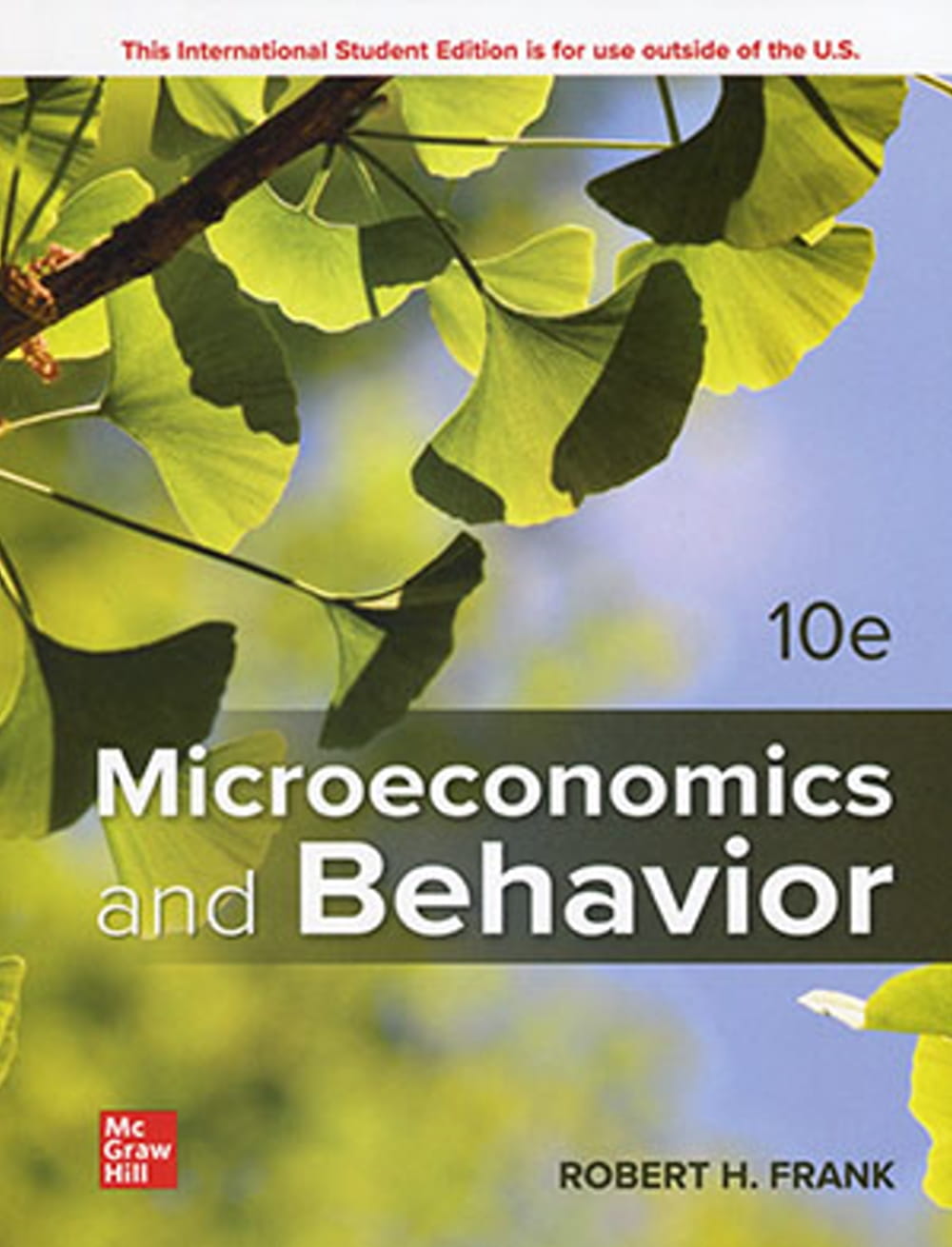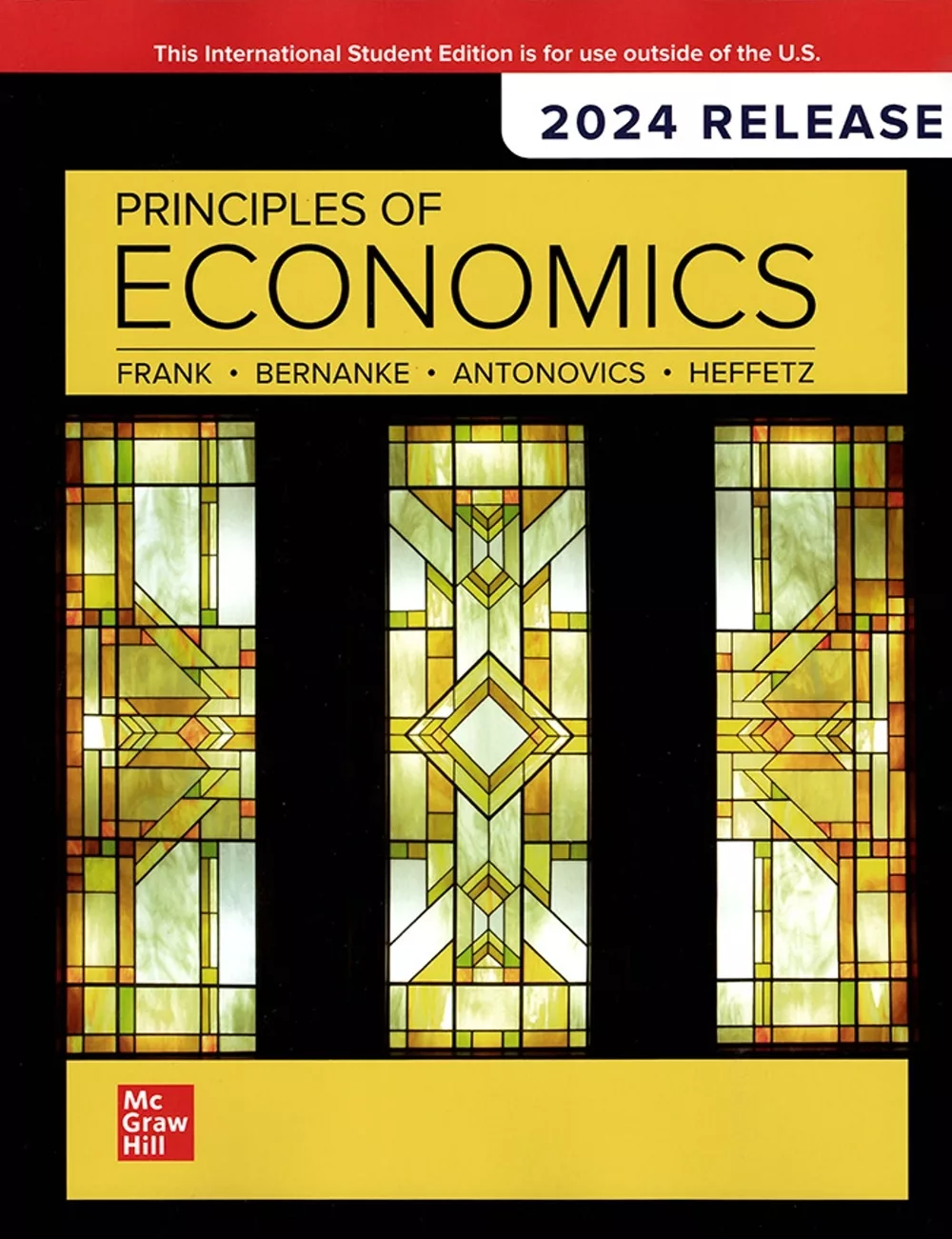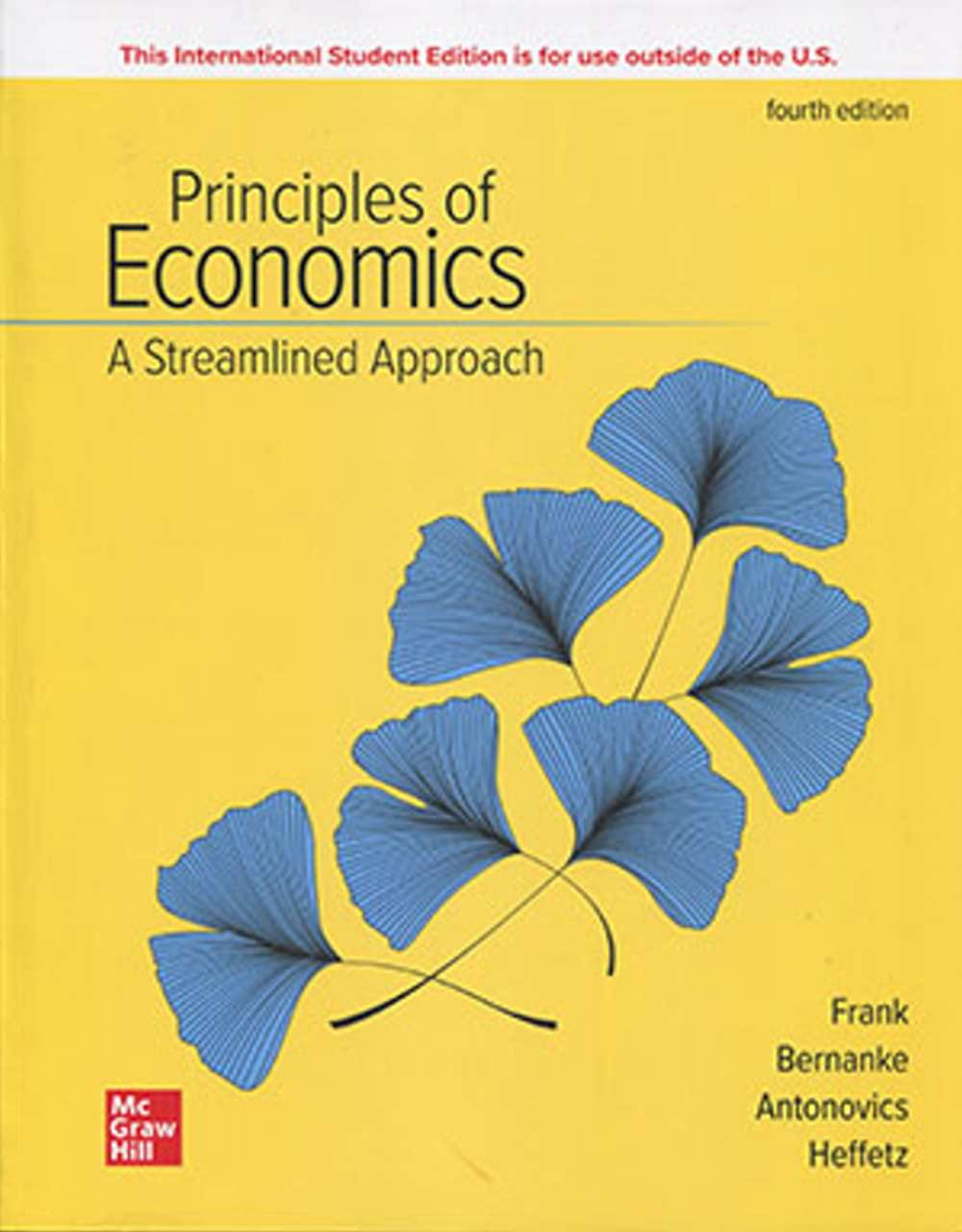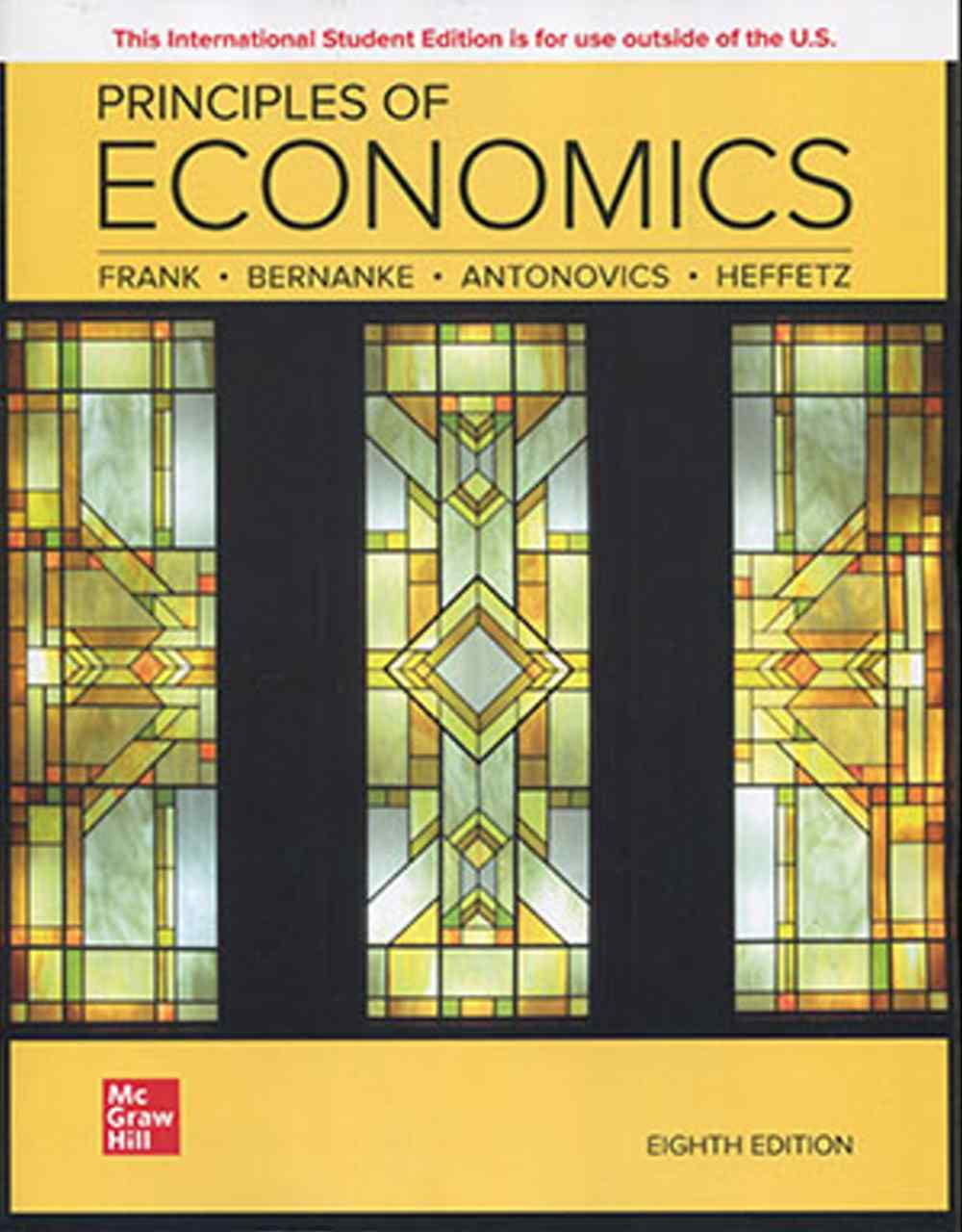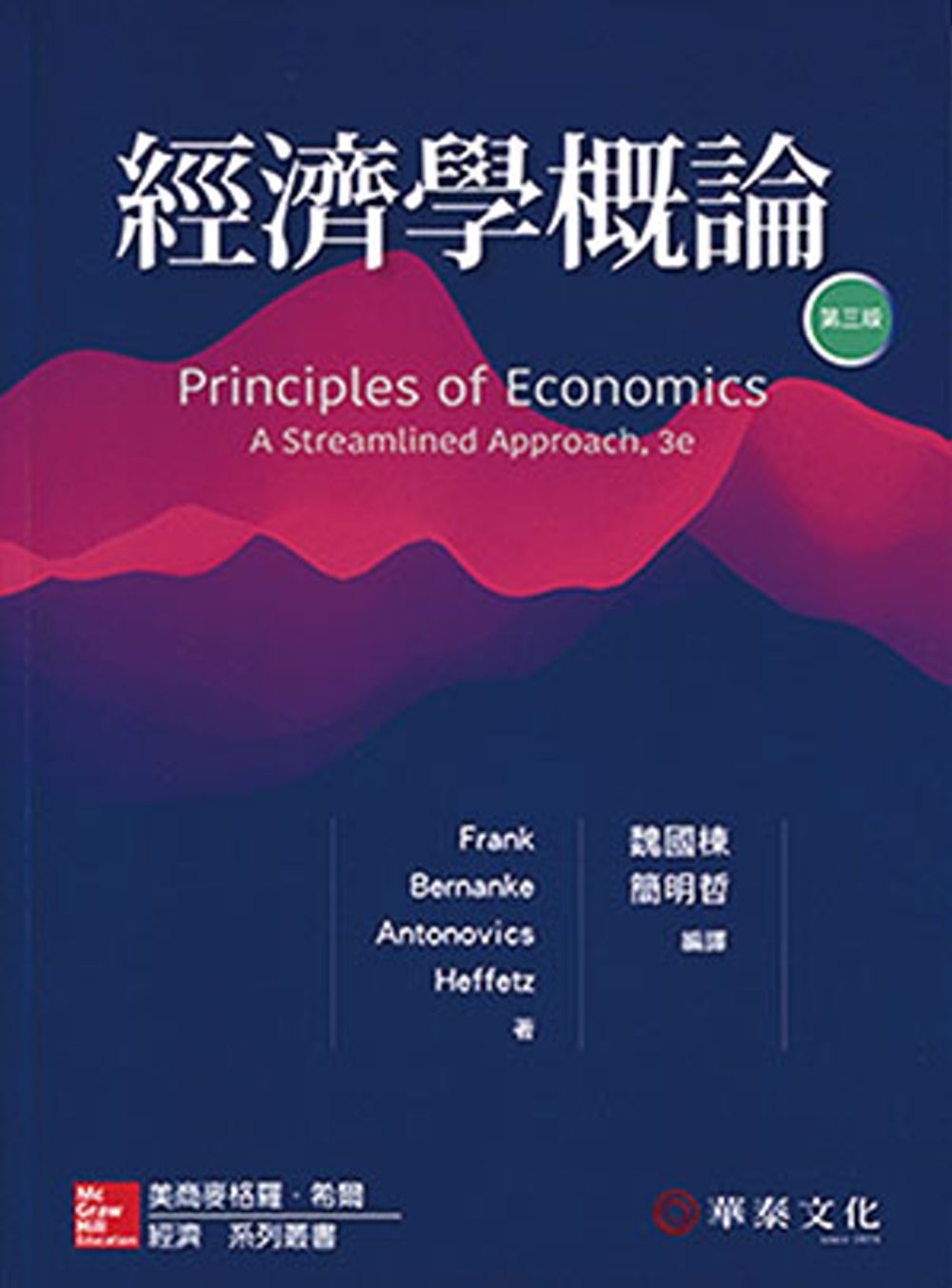1.Economic Naturalism: Bob Frank encourages students to become "Economic Naturalists" to use economic principles to explain everyday details of ordinary existence. Throughout the text, Economic Naturalist examples help develop economic intuition and demonstrate the relevance of economics.
?
2.Business Examples: In order to make Microeconomics and Behavior even more relevant for business majors, the text contains examples related to business issues.
?
3.Focus on Problem Solving: Microeconomics and Behavior prepares students for its end of chapter problems by taking them through a sequence of carefully crafted examples and exercises within each chapter.
?
4.Optimal Topic Coverage: More attention is given to the development of the rational choice model as the building block for what comes later in the course. Additional coverage has been given to the concept of elasticity and its applications in demand theory, and for the average-marginal distinction in production theory. Behavioral economics is integrated thoughtfully to help students gain a deeper understanding of how cognitive limitations affect consumer behavior.
?
5.A Broader Conception of Self-Interest: Microeconomics and Behavior freely concedes the importance of the self-interest motive in many contexts; while at the same time highlights the role of unselfish motives in social and economic transactions.













